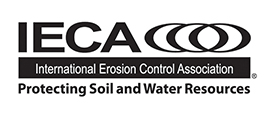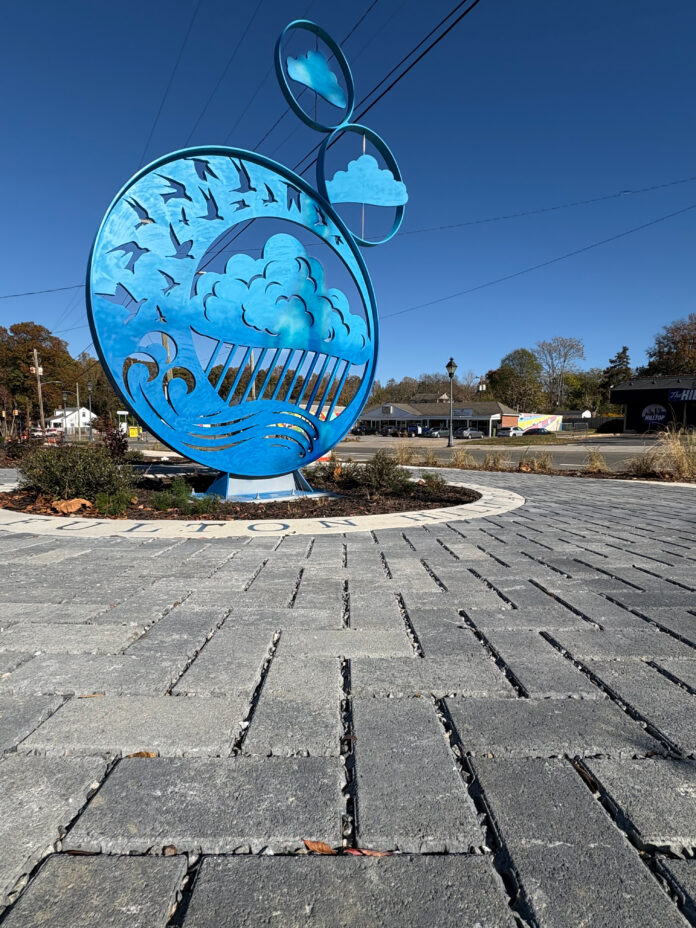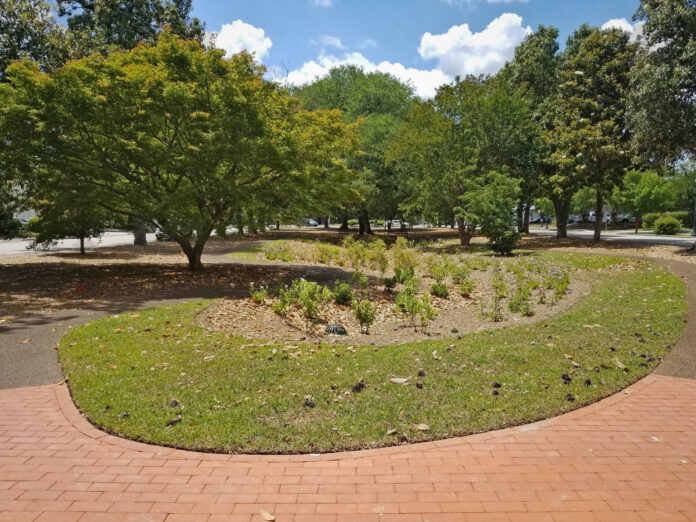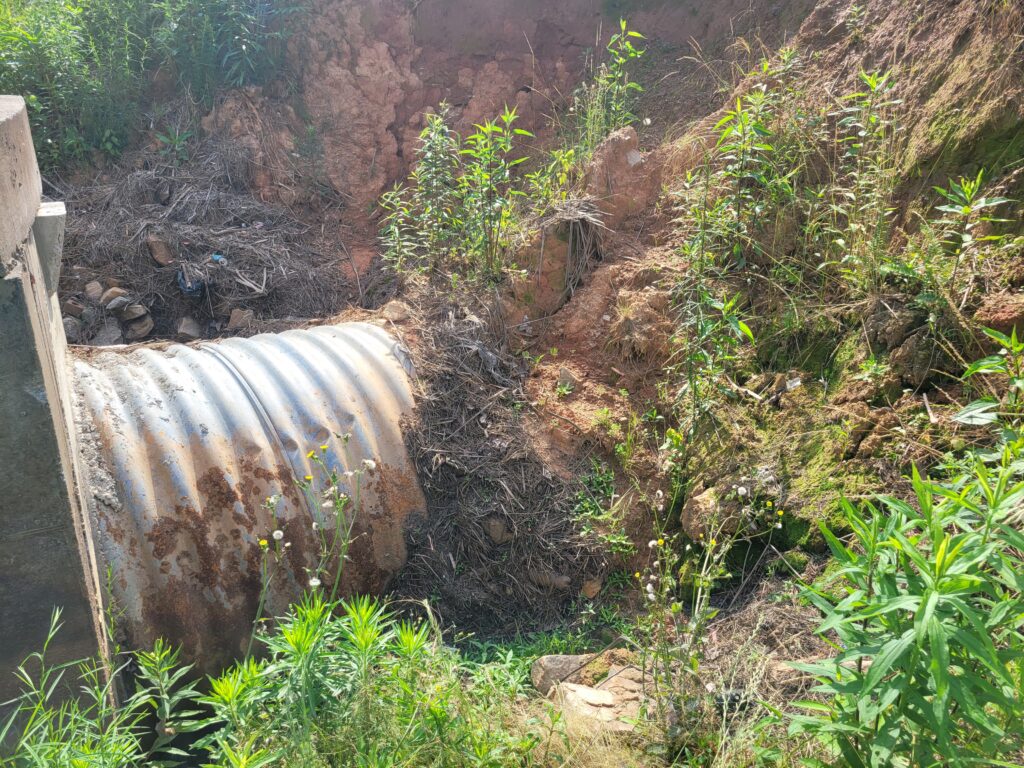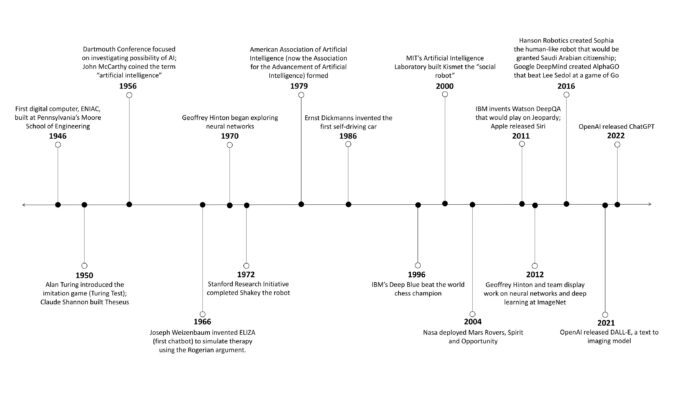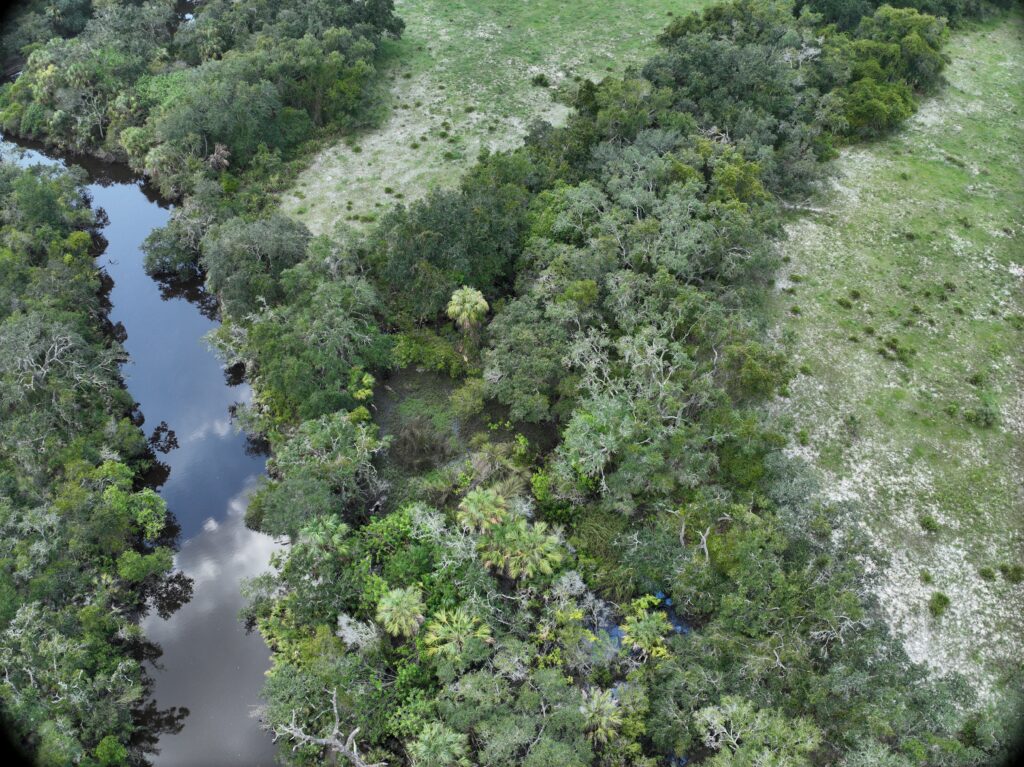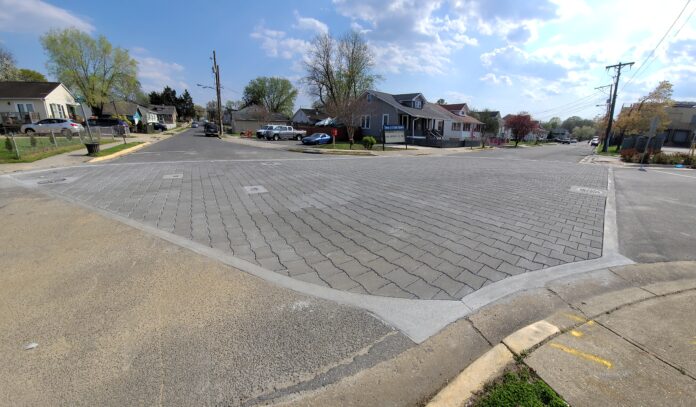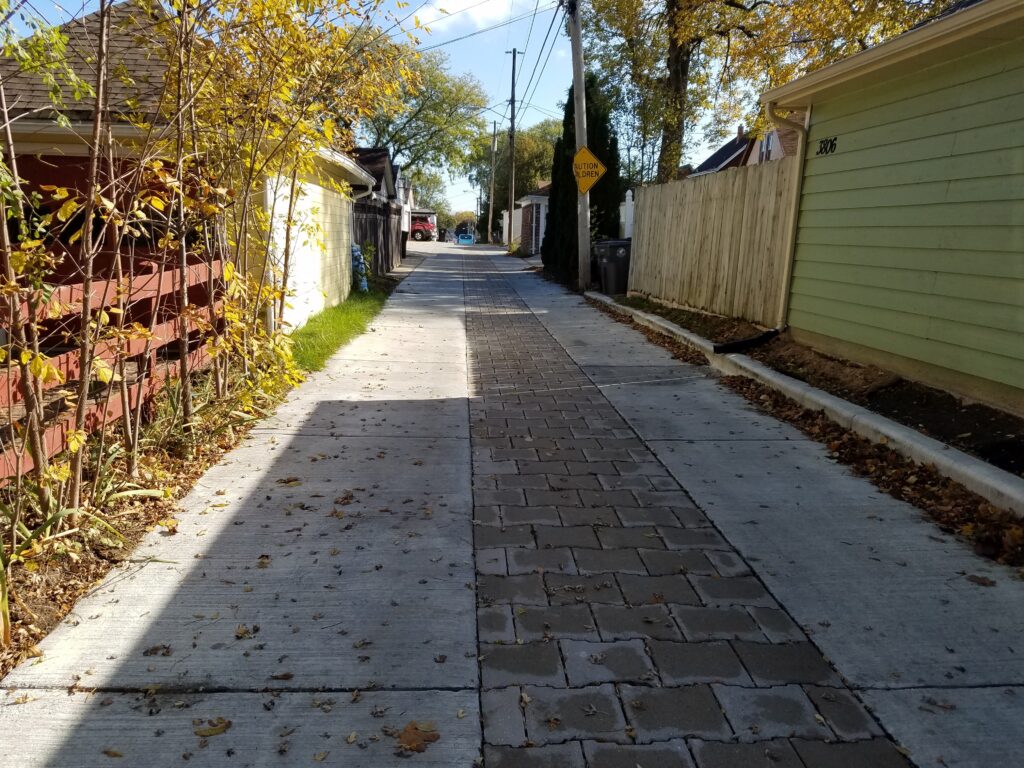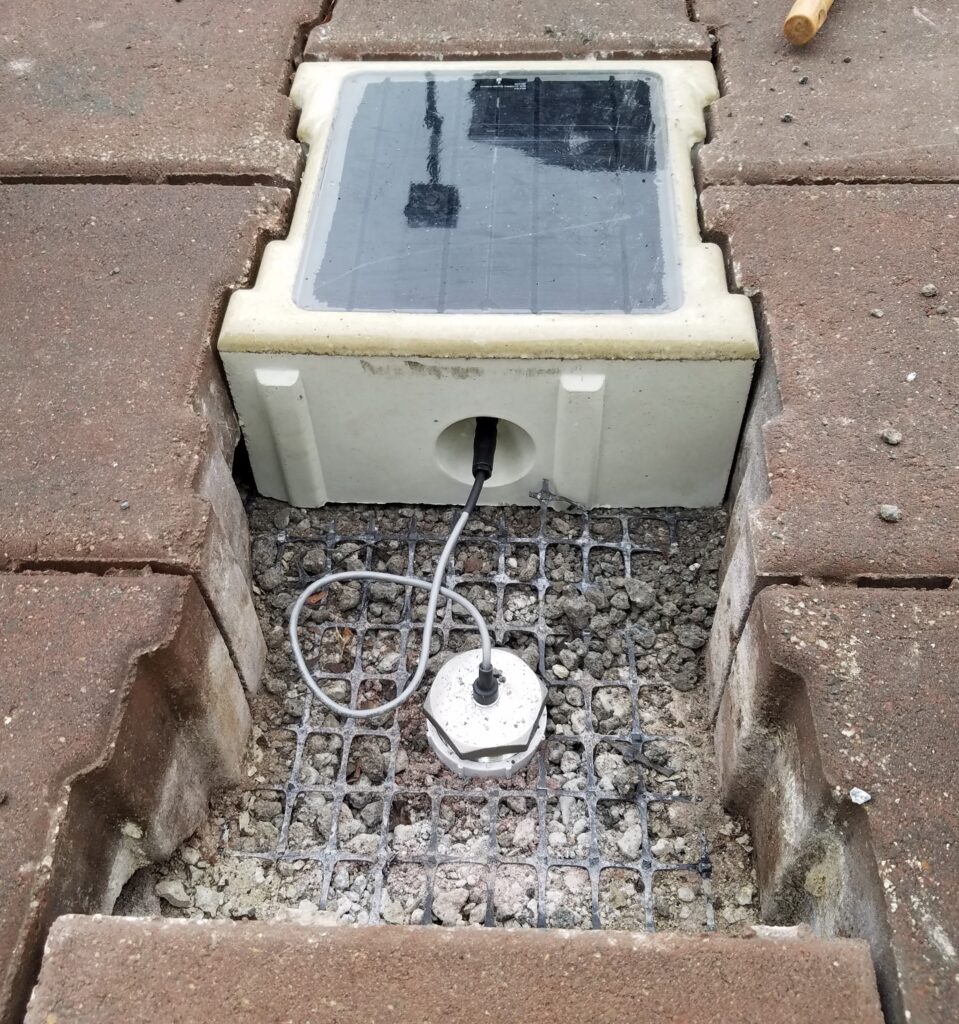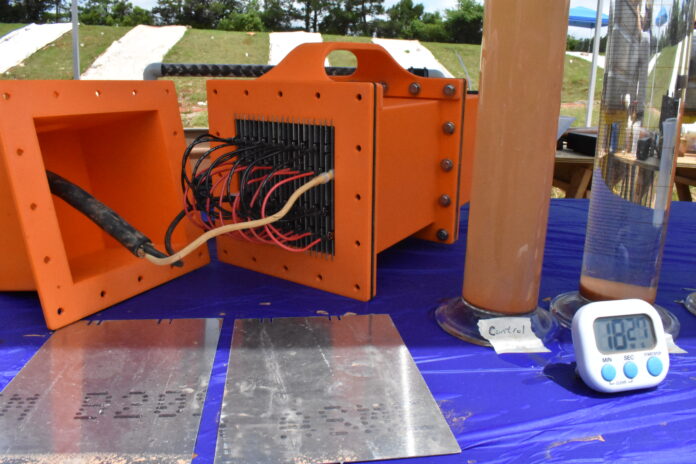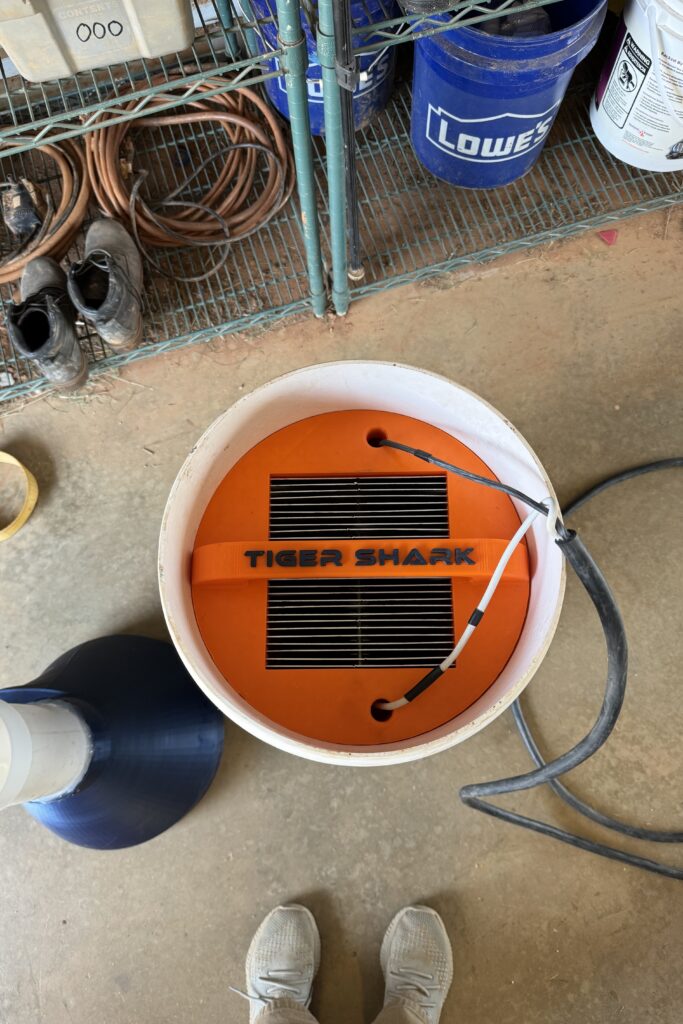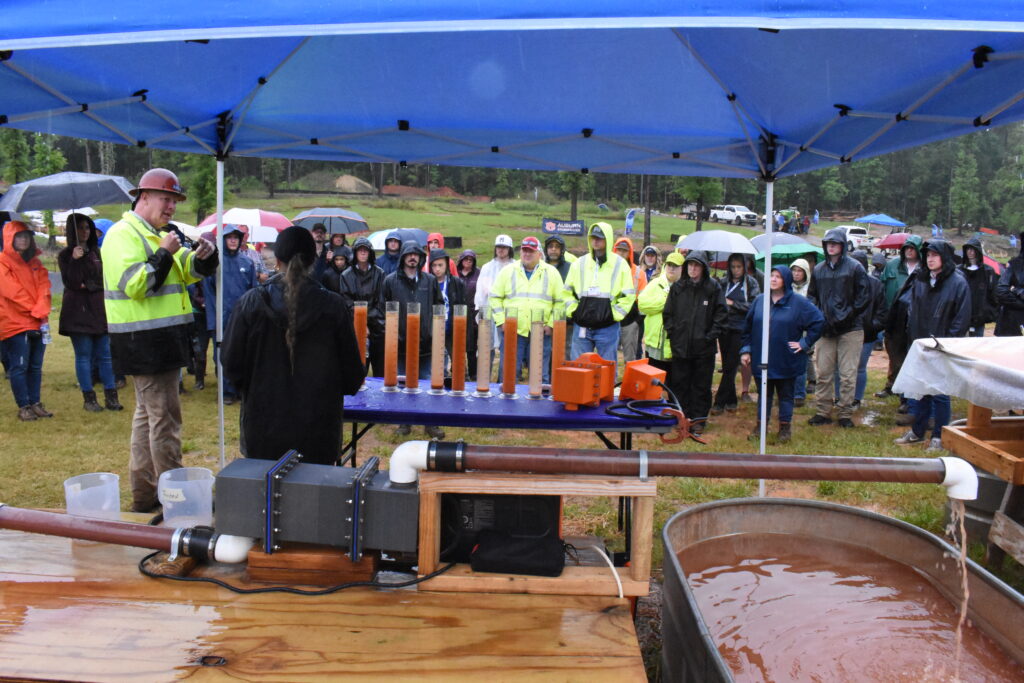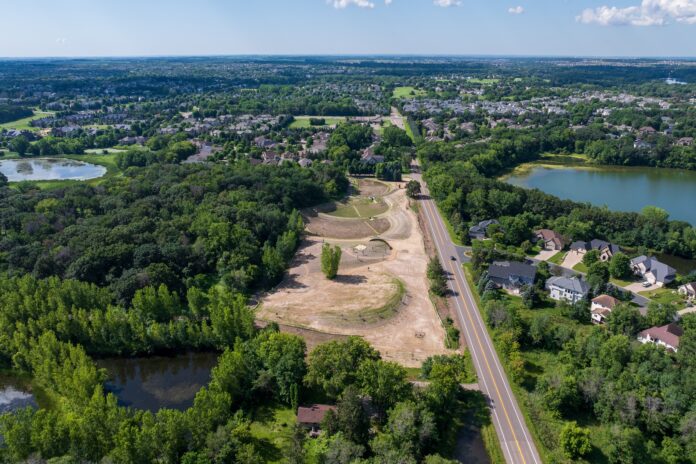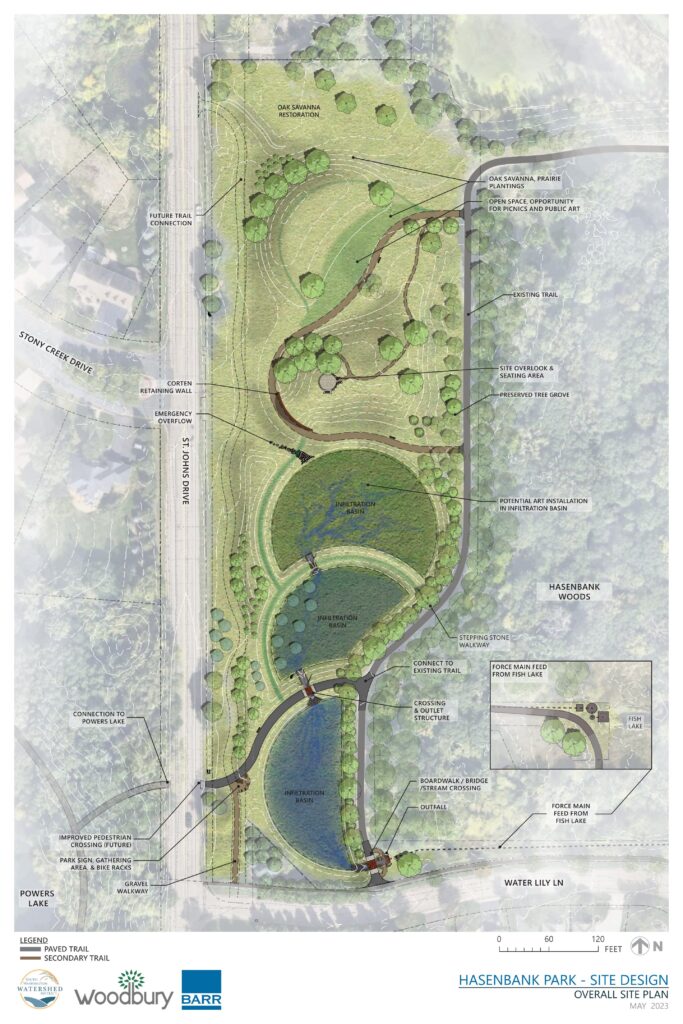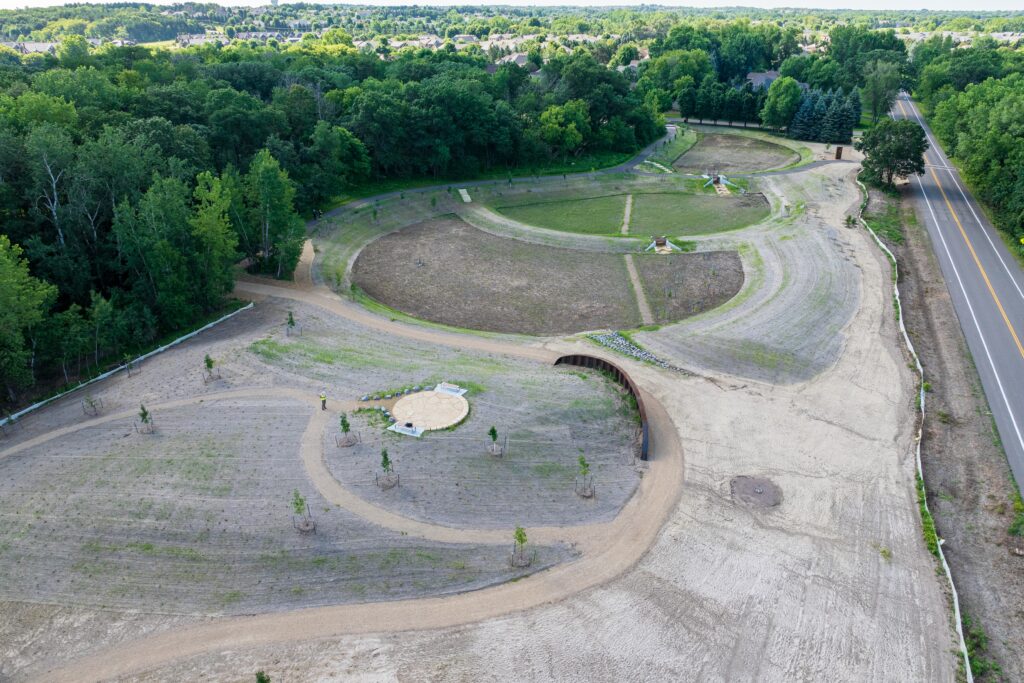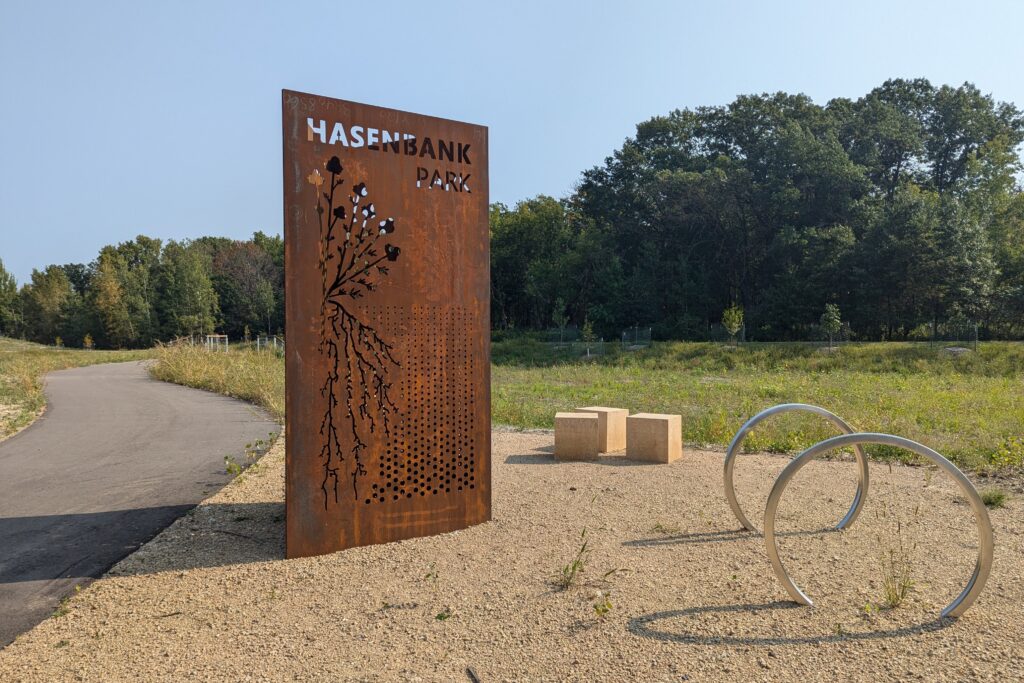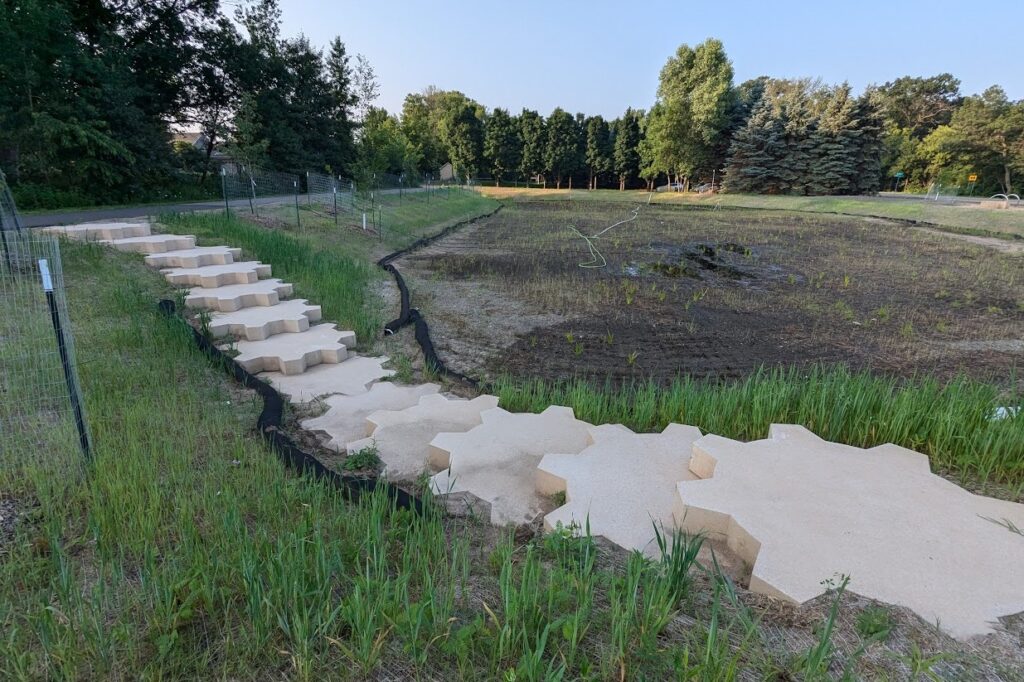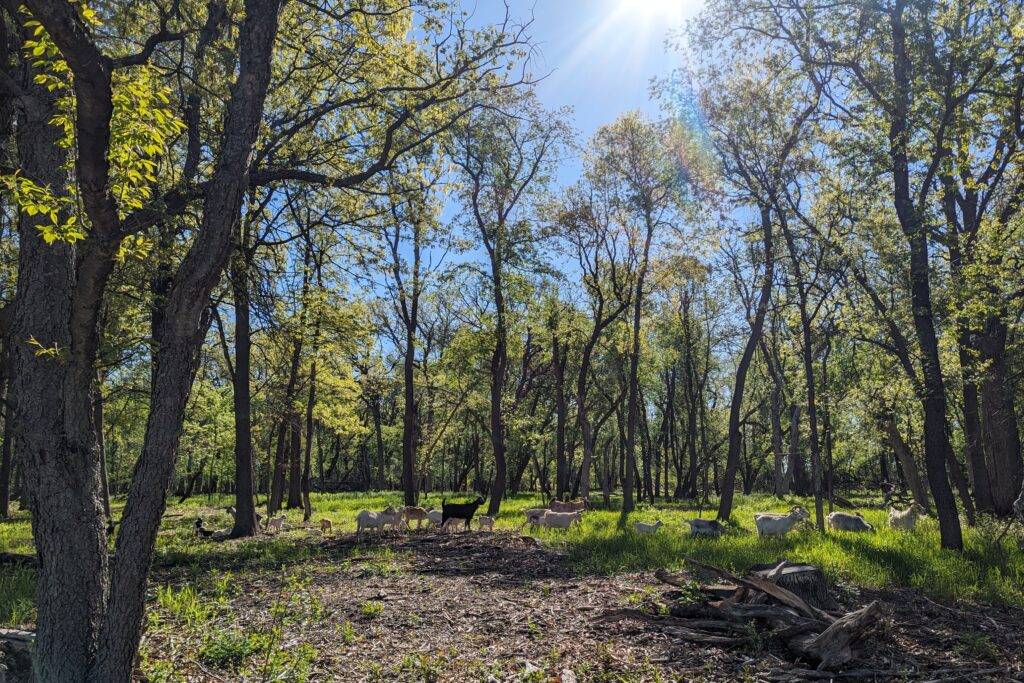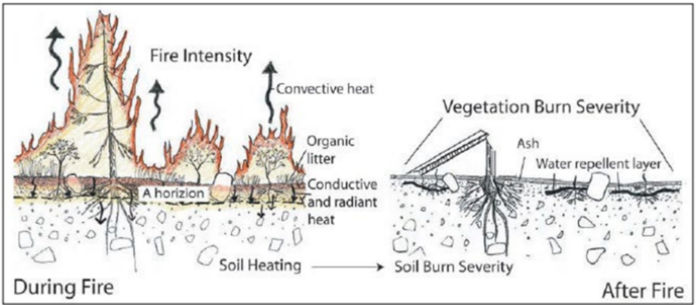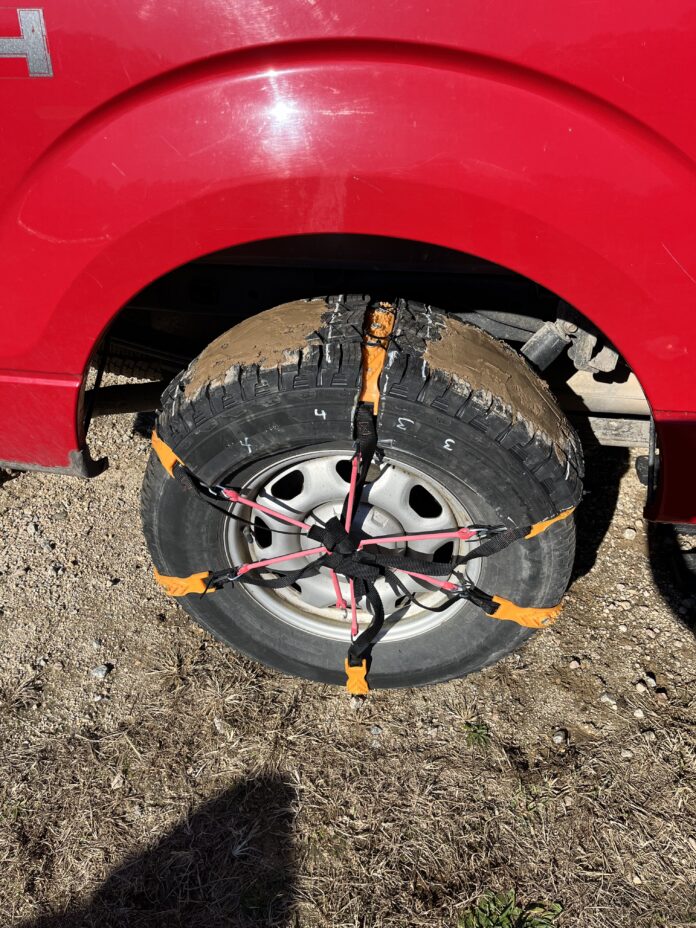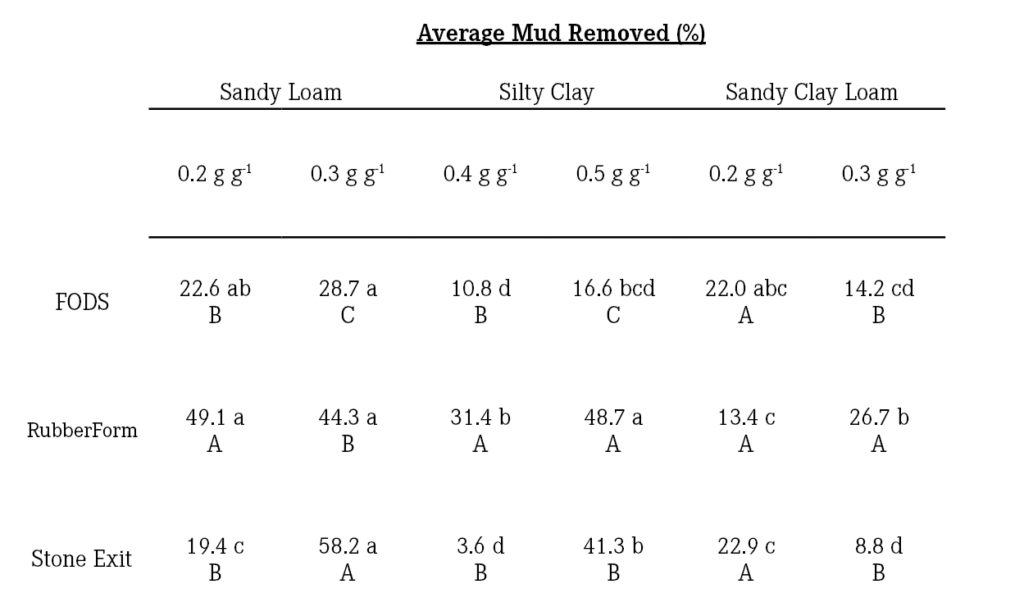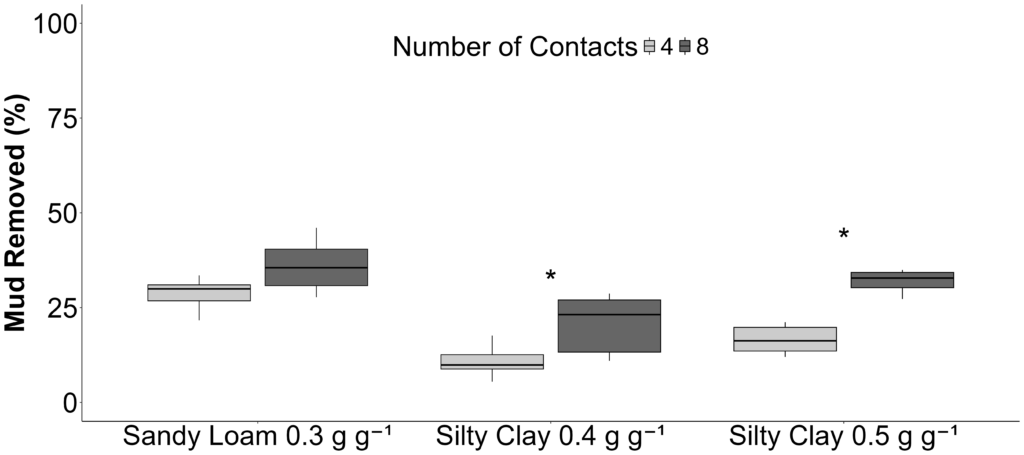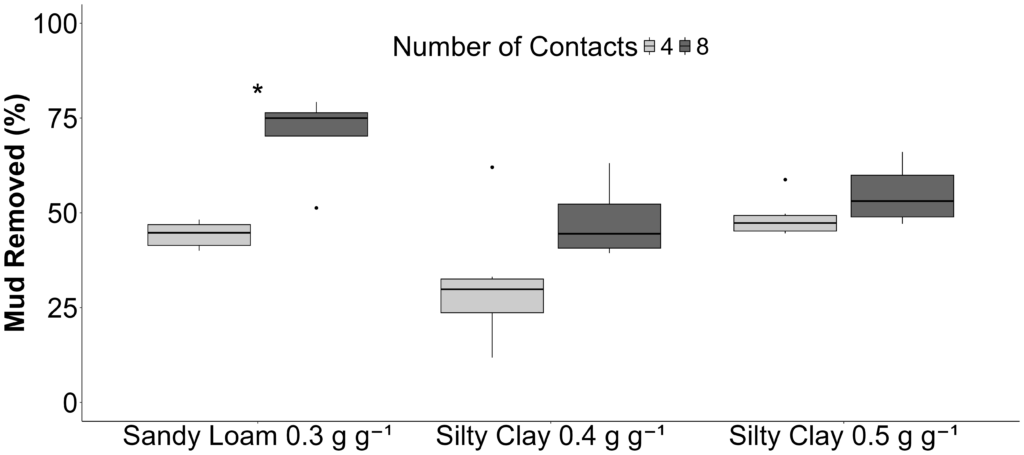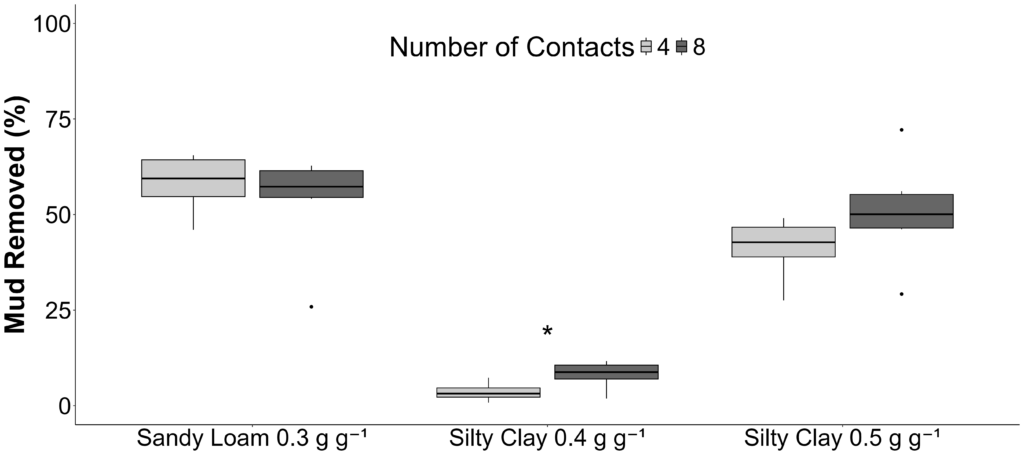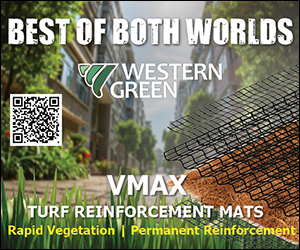Richmond, Virginia, USA, is a city with a rich and checkered history, from being the capital of the Confederacy during the American Civil War to being a frequent choice in lists of the best American cities in which to live. Richmond has worked hard in recent years to overcome its darker chapters. That effort is particularly evident in overcoming the history of the city’s combined sewer system, which for years polluted the city’s downstream neighborhoods, including the Fulton Hill neighborhood, during combined sewer overflow events.
What is a Combined Sewer?
Richmond’s combined sewer system dates back more than 150 years to when urban storm drains were connected to the sanitary sewer system, a standard practice in older cities throughout Virginia and the rest of the United States. As the city grew, impervious areas that shed rainwater increased, and runoff from heavy rains flowing into the water treatment plants occasionally exceeded capacity. With nowhere to go, the excess slurry of rainwater and sewage passed untreated into the James River winding through downstream neighborhoods
in a process called a combined sewer overflow (CSO).
Mitigation work to prevent CSOs started early in the 1980s, using a variety of techniques. More recently, these techniques have evolved to include green infrastructure. Green infrastructure seeks to disconnect urban runoff from the combined sewer using strategies like permeable technologies to infiltrate water into the soils and using trees and vegetation to consume water as part of the evapotranspiration process.
A Green Idea for Fulton
The Greening Greater Fulton project was conceived by Innovate Fulton’s founder, Chuck D’Aprix, when he learned that Richmond’s Department of Public Utilities was working with the Alliance for the Chesapeake Bay to find a reliable partner to create a green street in the city. Green streets use green infrastructure within the public right-of-way to blend CSO mitigation and neighborhood beautification. Innovate Fulton’s mission is to revitalize the primary business corridor in Greater Fulton, so the organization was a natural fit for the project that would address the CSO issue as well as create “a sense of place and improve the aesthetics of a neighborhood that has long waited for such an opportunity,” according to D’Aprix.
The project team included the Alliance for the Chesapeake Bay, Innovate Fulton, Groundwork RVA, the City of Richmond’s Department of Public Utilities, design firm VHB, local artists and Exact Stormwater Management. A robust community engagement effort resulted in a concept that would not only reduce pollution entering the James River and Chesapeake Bay, but also beautify the neighborhood, mitigate urban heat island impacts, increase native wildlife habitat and create safer pedestrian access to the businesses in the neighborhood.
After resident feedback was obtained, engineers began making plans for a green street project that spanned two city blocks and included hundreds of native plants and trees, multiple rain gardens, permeable pavement and public art.
Budgets and COVID
With the design nearly completed and the project fully funded in 2020 by grants from the National Fish and Wildlife Foundation, Altria Group, Luck Foundation, City of Richmond Department of Public Utilities and Wetlands Watch, the COVID pandemic delayed the start of the project.
When the pandemic ended late in 2022, after many months of rampant inflation, building a project with an outdated budget proved nearly impossible. The project contractor worked with the design team to find ways to reduce costs while keeping the project goals intact. With support — and price concessions — from material suppliers, a final plan was nailed down and construction began in June 2024.
The Project Centerpiece
Richmond’s Confederate-era statues were removed during civil unrest in the early 2020s, leaving many empty public spaces. The Fulton Green Street project continued the city’s efforts to replace them with a new kind of art that leverages the shared history of the city. A stormwater plaza located in the center of the green street project was designed to showcase art from Richmond’s local talent.
Artists worked with the neighborhood to create a sculpture to sit in the center of the plaza as a focal point for the project (Top photo). The nearly 12-foot (3.66-m) tall, 2,800- pound (1,270-kg) sculpture illustrates the water cycle, highlighting the importance of the stormwater management improvements implemented along and below the street. The artists used birds depicted in the sculpture to symbolize a healthy environment and tie the watershed improvements to the idea of neighborhood unity. The sculpture sits on a pedestal surrounded by 400 feet2 (36 m2) of decorative permeable pavers bound together by a central ring that includes the names of all the local neighborhoods, including Fulton.
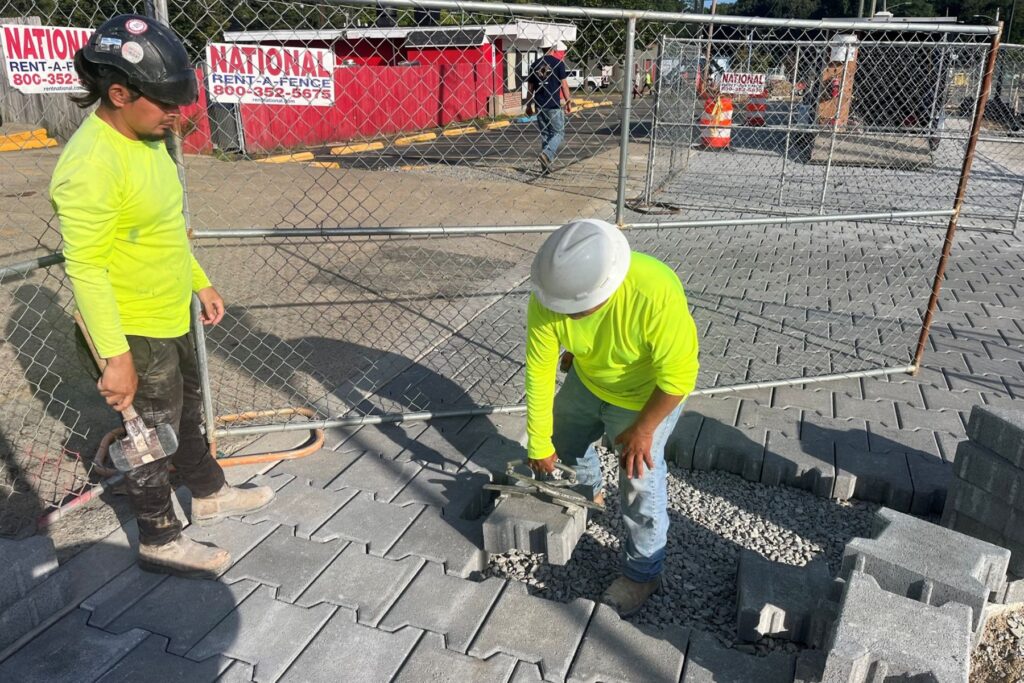
A Permeable Streetscape
On the upper block above the plaza, a patched network of asphalt and concrete was removed to make way for permeable pavement (Figure 1). Placed adjacent to a new sidewalk in a long, straight stretch spanning nearly the entire block, the pavers collect runoff from rooftops and parking lots before it can get to the street’s combined sewer inlets.
Coordination with the existing businesses was critical. Between the foot traffic and the cars passing through to multiple storefronts, the pavement was done in sections to maintain access so businesses could stay operational. An open-joint permeable paver was selected to handle the high volume of traffic and facilitate future maintenance (Figure 2). Because open-joint pavers can be cleaned with vacuum trucks and don’t require joint filler to be reinstalled afterwards, concerns about future conflicts between maintenance workers and vehicular traffic were easily overcome.

Pavers, rain gardens and bioretention areas work independently to absorb and infiltrate the maximum amount of runoff possible, passing only the overflow volumes from larger storms back into the combined sewer. A small, elevated underdrain beneath the pavers collects excess runoff and carries it under the city street in a new 15-inch (0.38-m) concrete pipe installed as part of the project. This pipe continues down through the lower block, picking up the overflow volumes from other BMPs along the way, before connecting back into the city’s combined sewer.
At 9 feet (2.7 m) below finished grade, installing the new pipe proved to be the hardest part of the project (Figure 3). Working in a narrow corridor meant using a trench box to safely lay the pipe, and while most of the utility conflicts were in the street, there were a lot of smaller shallow connections to the businesses that had to be worked around.
Bioretention
Prior to the project, the lower block contained only a few, small, dying street trees and more patchwork of asphalt and concrete — a typical picture of urban decay. Demolition proved challenging when some of the pavement was found to be more than a foot thick, but larger saw blades and bigger excavators were brought in to build three large bioretention areas that totaled nearly 600 feet2 (55 m2) to help retain runoff and create wildlife habitat (Figure 4). Runoff flows into the bioretention systems through curb cuts along the street, preventing it from reaching the combined sewer inlet.

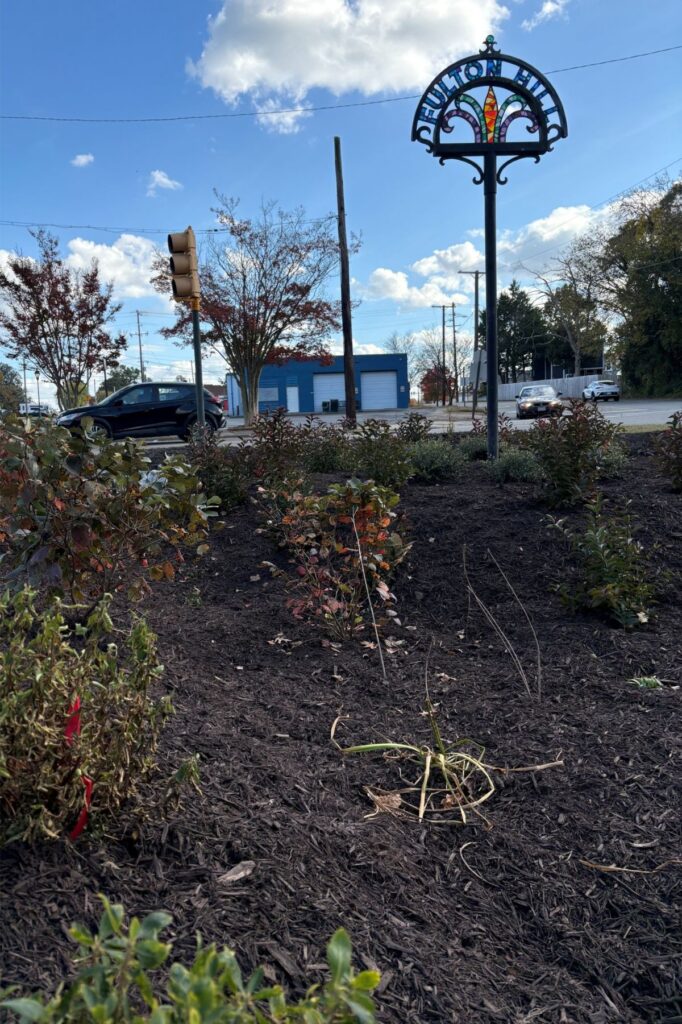
The three rain gardens include over 500 plants, including several magnolia and fringe trees and numerous plant species such as physostegia, sweetspire, summersweet, inkberry and iris.
Fourteen distinct planting beds surround the bioretention areas, permeable pavement and the stormwater plaza to add majestic street trees and more than 600 plants. Between the two blocks, more than 1,100 plants were installed, creating an exciting new place to reignite neighborhood pride and bring new interest from potential residents and investors interested in commercial properties.
Conclusion
The improvements to neighborhood aesthetics are matched by performance improvements, reducing flows to the combined sewer from the 10-year storm to 5.85 feet3 per second (cfs) (0.166 m3/s) from 8.85 cfs (0.25 m3/s), a reduction of nearly 35%. While the environmental improvements in one underserved community may pale in comparison to darker portions of the city’s history, it is another link in the chains of the past, broken and reforged into a brighter future. Innovate Fulton has noted that potential business owners and developers are looking at the business district and there is a renewed sense of hope thanks to a project rooted in environmental justice. Perhaps the project’s sculptor said it best, “We believe community improvement is best accomplished when we all do our own small part to lift up the community together.”
About the Expert
- Corey Simonpietri is vice president of business development for EXACT Stormwater Management.
View the Project in Person
- The Greening Greater Fulton project is one stop on an educational field tour offered at the 2025 IECA Annual Conference and Expo. Go to //ieca2025.eventscribe.net for information about all of the educational and networking opportunities at the conference.

